About Nakamura Tokichi Main Store
Tea reached Japanese shores at first during the Heian period, with the return of the Buddhist monks Kukai and Saicho. With the tea seeds they brought back from China, tea was cultivated on Japanese soil for the first time. It is said that Myoue Shonin, a monk of Kosanji Temple at Toganoo, who had inherited the seeds, reached Uji during his search for a better production region. Uji is literally the homeland of Uji-cha or Uji Tea.Uji is located to the south of Kyoto City. 1,000 years ago, Murasaki Shikibu selected Uji as the final setting for the Tale of Genji. As a place of prayer and healing for aristocrats during the old Heian period, this land embraced two World Heritage Sites: the Byodo-in and Ujigami-jinja Shrine. The land depicted a graceful atmosphere that is somewhat different from Kyoto City.
The smooth-flowing river has endowed humidity suitable for tea cultivation to this land.Ashikaga Yoshimitsu ordered the establishment of tea gardens, believing that the morning mist rising from the Uji River was ideal for tea cultivation. Since then, Uji has been known as the region producing the finest Japanese tea.
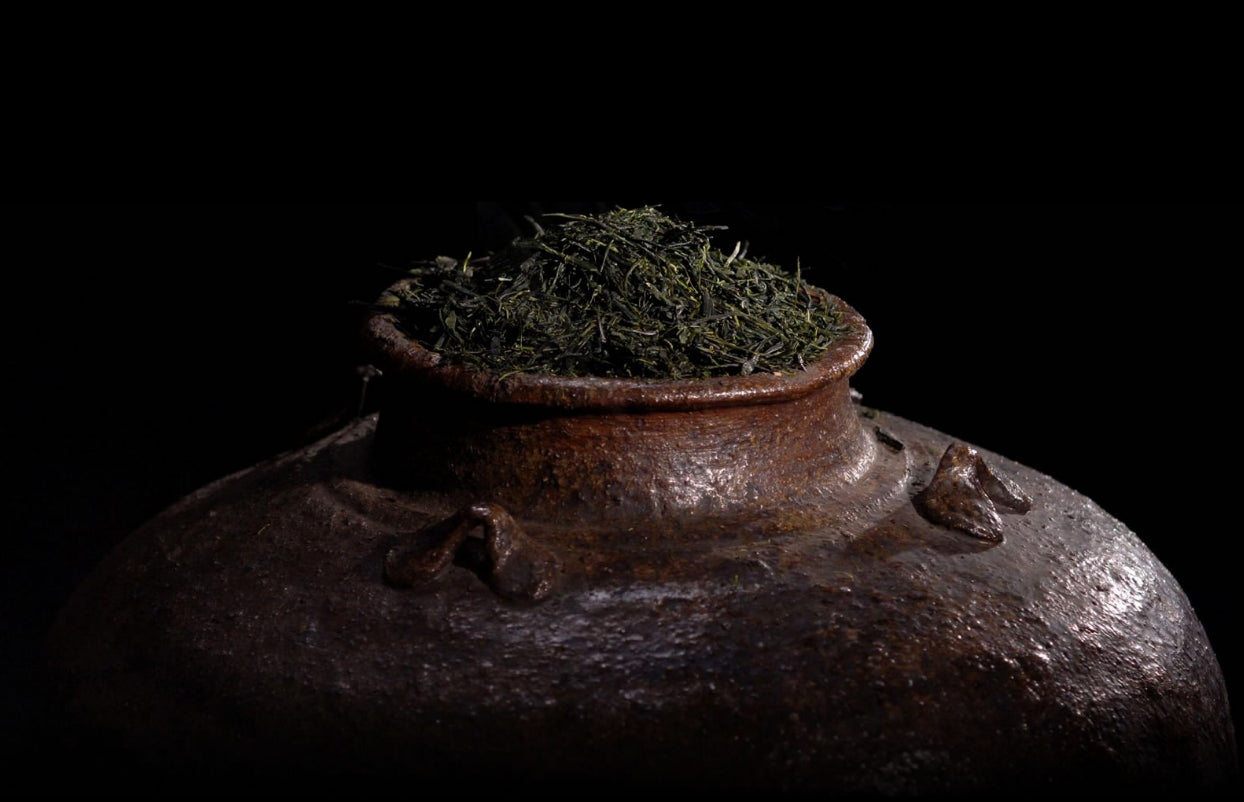
The practice of drinking tea, which began as a pastime for the upper classes, spread throughout the samurai society as a tool for social interaction and eventually evolved into Sado (the art of the tea ceremony).It became the foundation for Japanese culture based on courtesy and hospitality. The tea merchants played a crucial role in supporting the culture of tea alongside many renowned historical tea masters, such as MURATA Juko, TAKENO Joo and Sen no Rikyu. In particular, the tea merchants of Uji, who created new types of tea like sencha and gyokuro, helped establish Uji tea as a representative of Japanese tea.
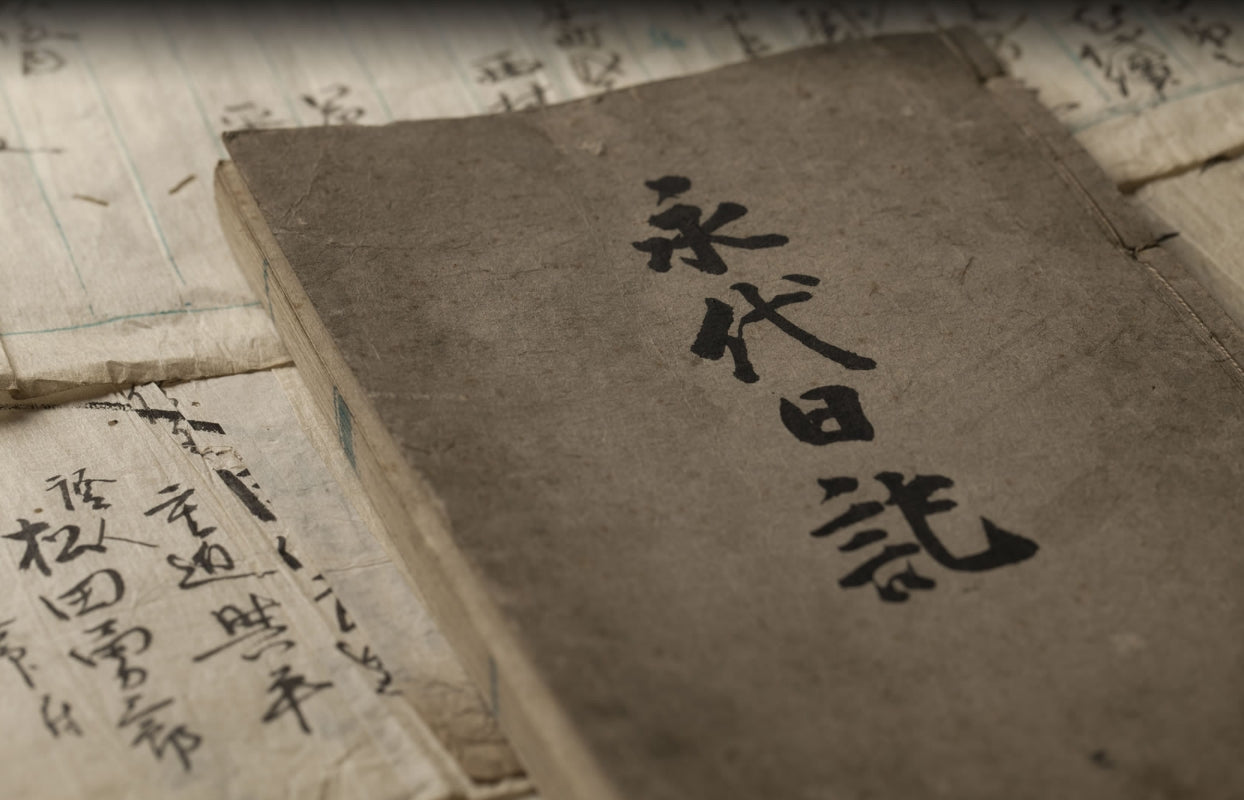
In 2012, many ancient documents, including a book referred to as the "Eidai Nikki," were discovered at our family estate. The contents of these documents led to new discoveries about our family's history, prompting us to revise our family's historical record in 2013 (Heisei 25) as follows.
Nakamura Tokichi: the history of the brand extends back to 1819 (Bunsei 2), when the parents of NAKAMURA Tokichi I met each other.
Rokubei, the father of Nakamura Tokichi I, was born the son of Kyubei, a sheet metal worker in Fushimi, but was adopted by a thatched-roof craftsman KONAKAMURA Rokuemon early in life and took to the profession of his adoptive father.
In the late Edo period, as the call for "Revere the Emperor, Expel the Barbarians" echoed, the long era of national isolation was coming to an end. Tokichi, the second son of Rokubei, became a tea merchant in 1854 (Ansei 1). He took the surname Nakamura and founded the tea shop "Nakamura Tokichi Store" at its present location in Ujibashi-dori, Rokubancho.
For about three years after its establishment, the company was known as "Hoshino Soyotei Nakamura Tokichi," "Maruya Tokichi," and "Nakamura Tokichi," on which he punned for the current trade name, “ Maruto.”
Maruto.”
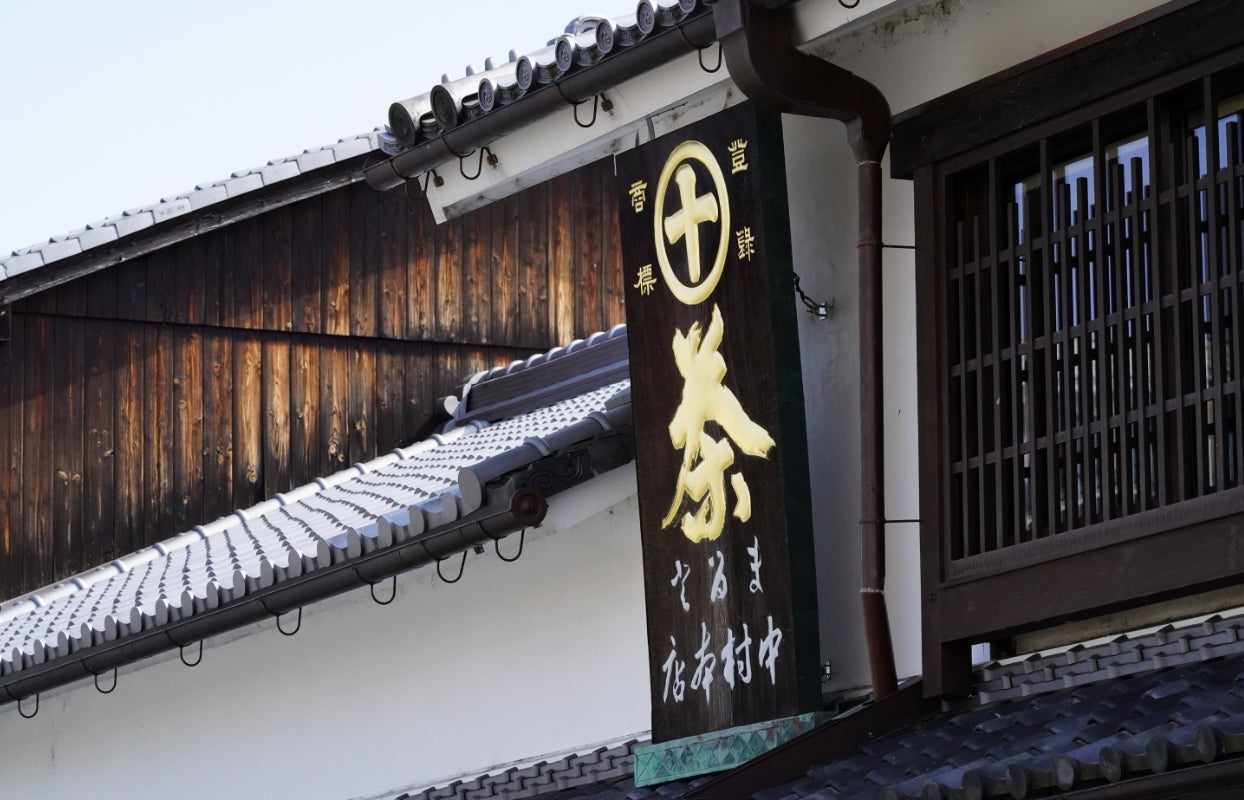
Sensing the dawn of a new era, Tokichi successfully expanded his business by riding the wave of the times.
Tokichi had an older brother named Kyushichi, and as the second son, he was independent-minded from a young age. He had no hesitation in venturing into new worlds, unbound by the family business. He had great abilities to understand the times and the flow to connect people. He also stayed involved with the Hoshino family to whom his father had served. Establishing branches in Yoneko and Matsue with support from the Hoshino family, he made his name widely known to the world.
The presence of the nure-sagi lantern in our current Main Store also suggests his connection with the Matsudaira family in Matsue; the style was favored by MATSUDAIRA Harusato, the seventh domain lord of Matsue in Izumo, who was also known as the Tea Master ‘Lord Humai.’
Tokichi also received the writing "Chaen eijitsu kanbashi" (茶煙永日香) from the Bakumatsu hero Katsu Kaishu. This writing, which urged Tokichi to diligently continue the family's tea business in Uji for future generations and to never let the scent of their tea fade, was displayed at the entrance of the main shop and adopted as the family motto.
In 1856 (Ansei 3), Tokichi married Mume, the first daughter of TANEMURA Kichizaemon, the sixth headmaster of a family in Uji-go (Uji Hamlet), to have four boys and three girls including his first son, Yoshitaro. Yoshitaro is the second successor to the name of Tokichi, followed by his descendants: Ukichi (Tokichi III), Toji (Tokichi IV), Fukuya (Tokichi V) and the current family head, Toji. Meanwhile, the firm has solely dedicated to tea business through the ages for nearly 160 years with good faith as its guiding principle.
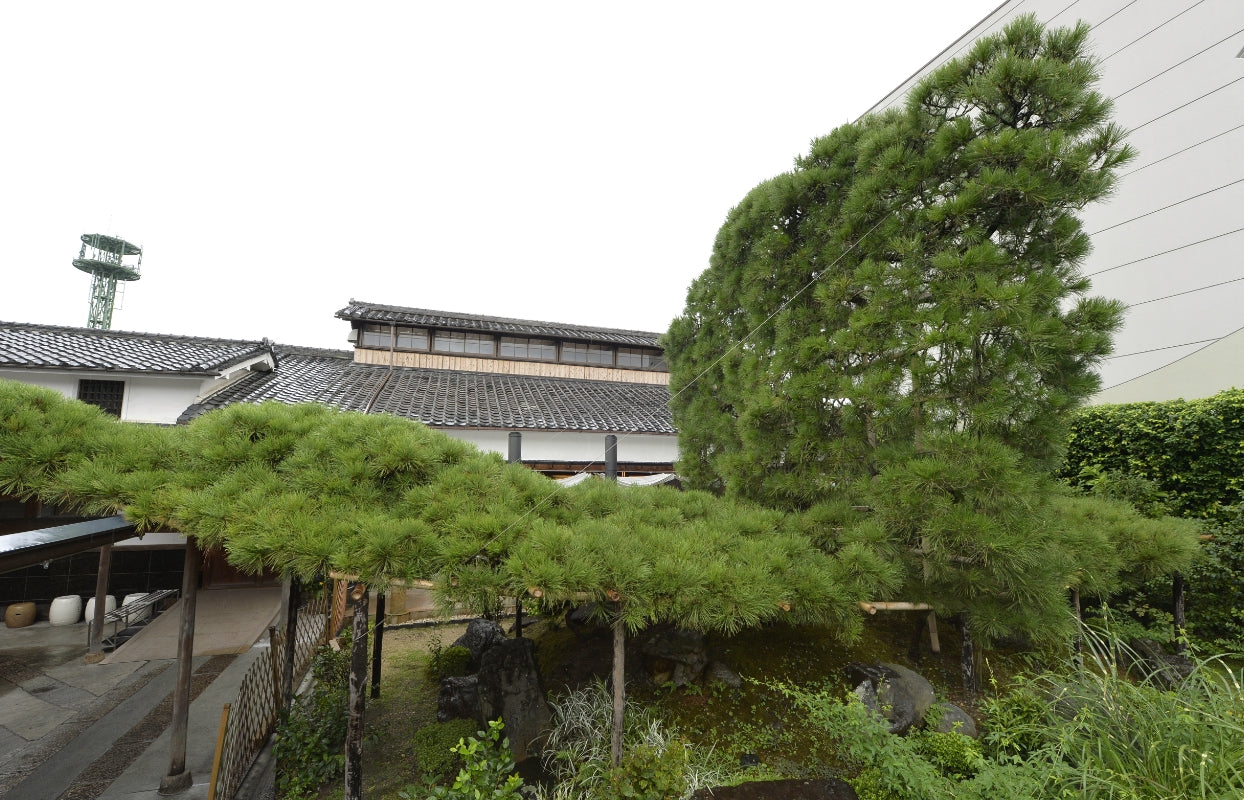
In the courtyard of Nakamura Tokichi, there stands a black pine tree known as Horai Funamatsu, which is about 250 years old and recognized as one of Uji City's 100 Famous Trees. This tree was planted by the second-generation Tokichi as a prayer for the safety of the family business. The second-generation Tokichi was also forward-thinking, successfully automating the tea mill and obtaining a patent for it. In 1915 (Taisho 4), during the "Taisho Emperor's Enthronement Ceremony," and in 1928 (Showa 3), during the "Showa Emperor's Enthronement Ceremony," the family had the honor of presenting and selling their tea.
Including the closely guarded “Nakamura-cha (Nakamura Tea),” the house blend of the Nakamura Tokichi brand, Nakamura’s Tea has been long and widely loved.
In 2001, we renovated our tea factory into a cafe area. The wish of the current Tokichi has borne fruit; he hoped to let more people enjoy the good flavor and bliss of tea by serving Uji Tea and matcha sweets. With its refined and mellow taste and sweet, refreshing aroma, Nakamura Tokichi continues to build on its 160-year tradition with creativity, preserving and passing on the tea culture that flourished in Uji. As a representative tea merchant of Uji, Nakamura Tokichi will continue to pioneer the future of Uji tea.
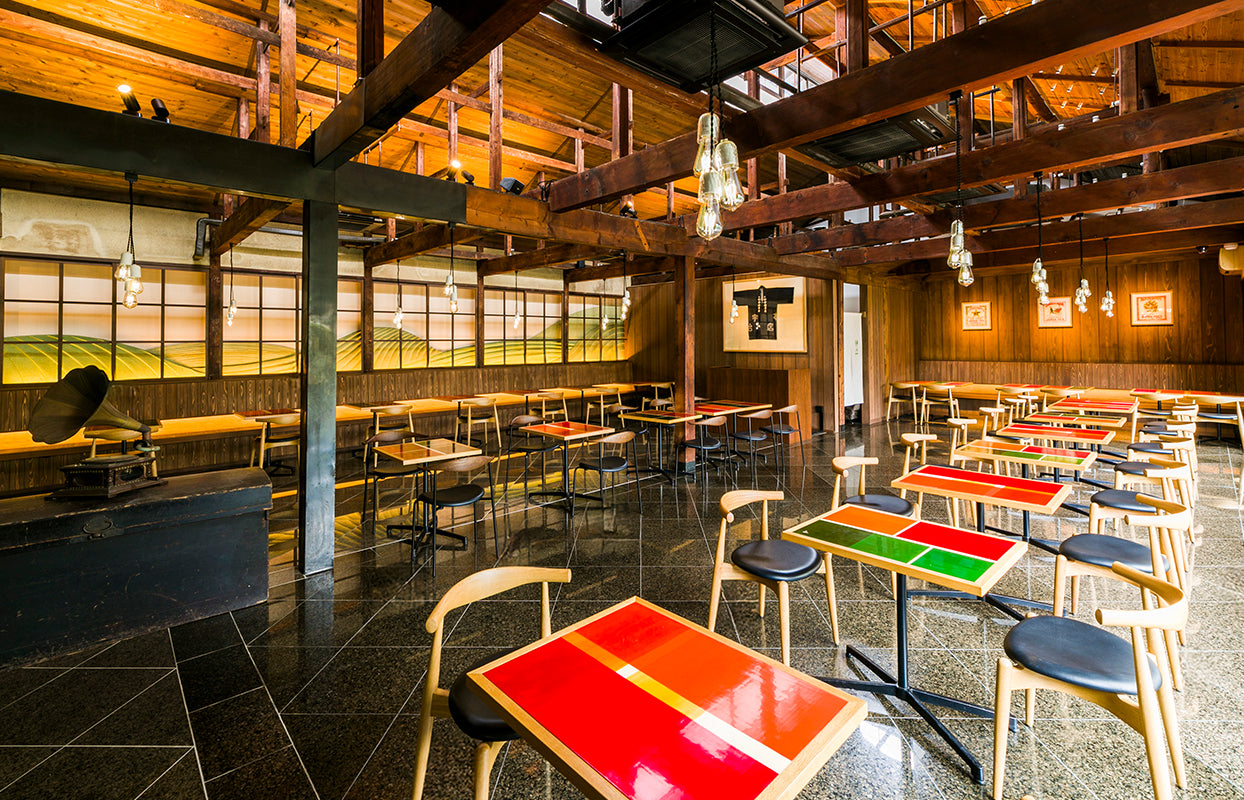
The family home, maintained by successive heads of the household, was designated as a "Important Cultural Landscape" by the Japanese government in 2009 (Heisei 21), preserving the typical appearance of a tea firm from the Meiji era.




